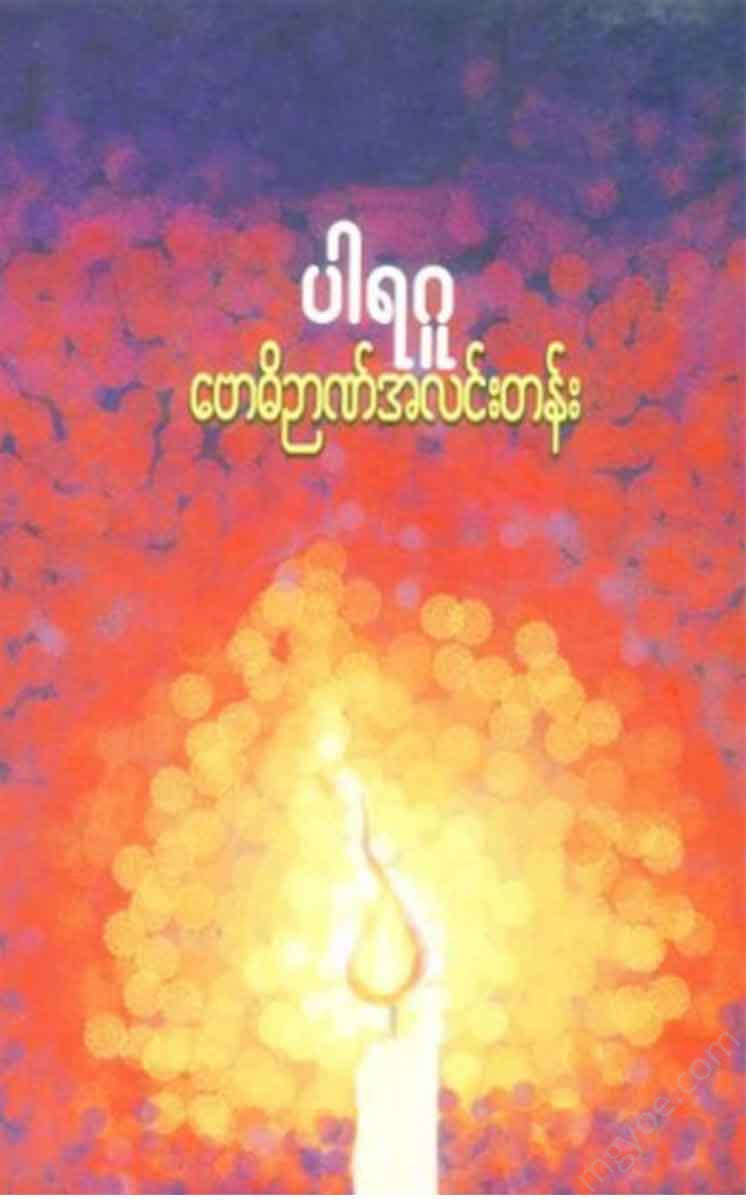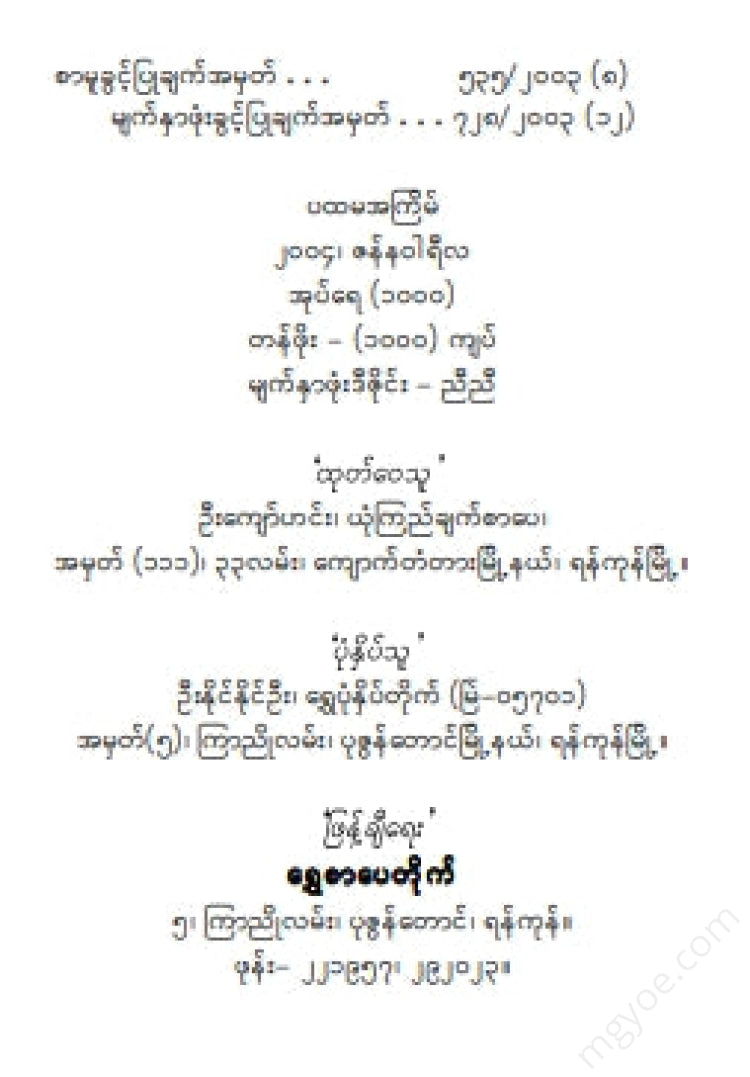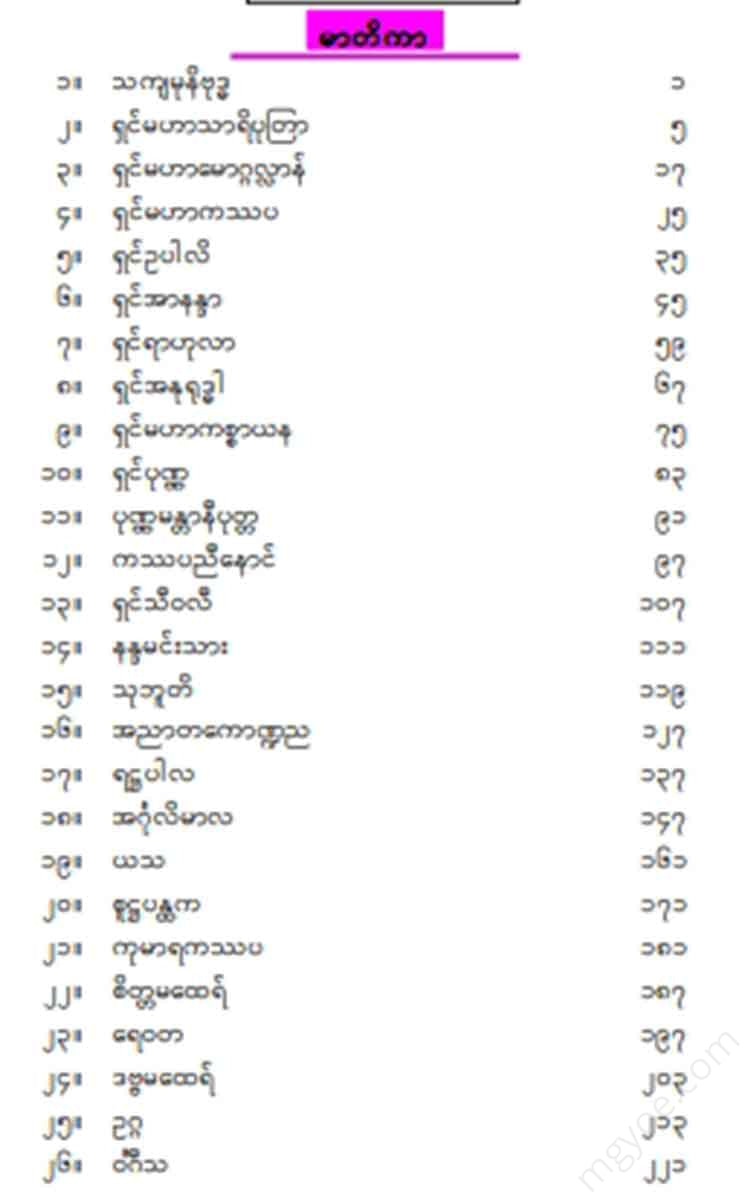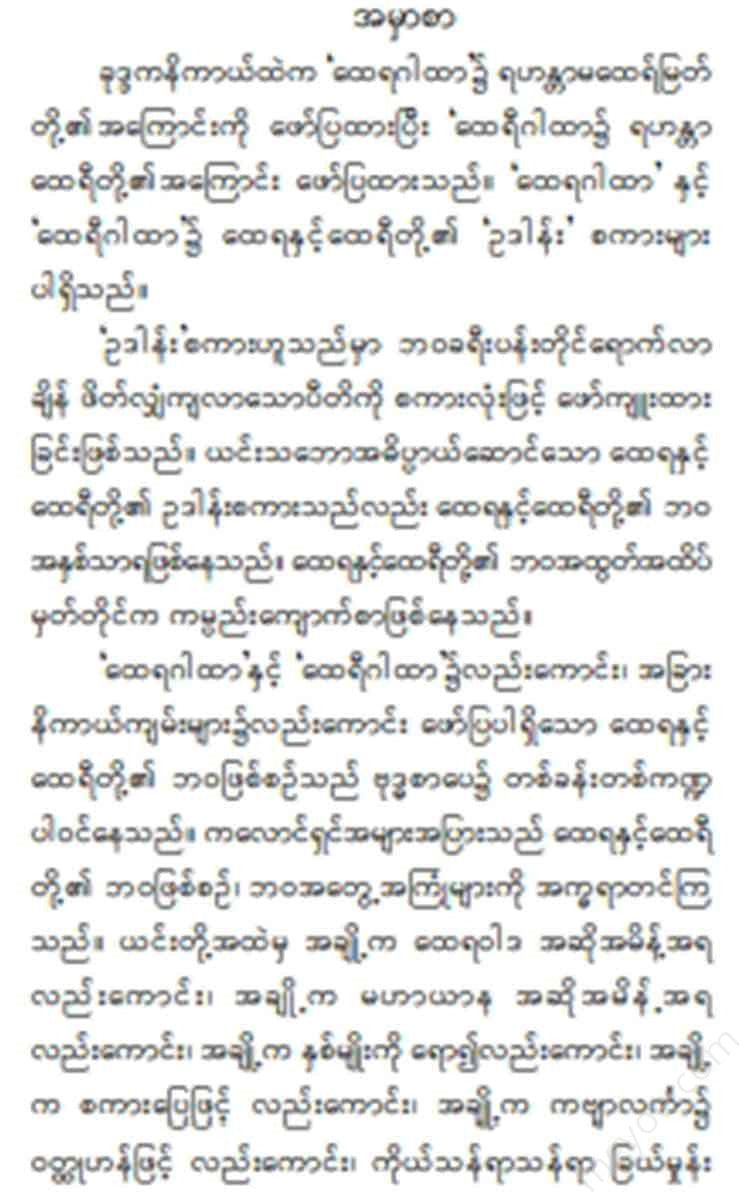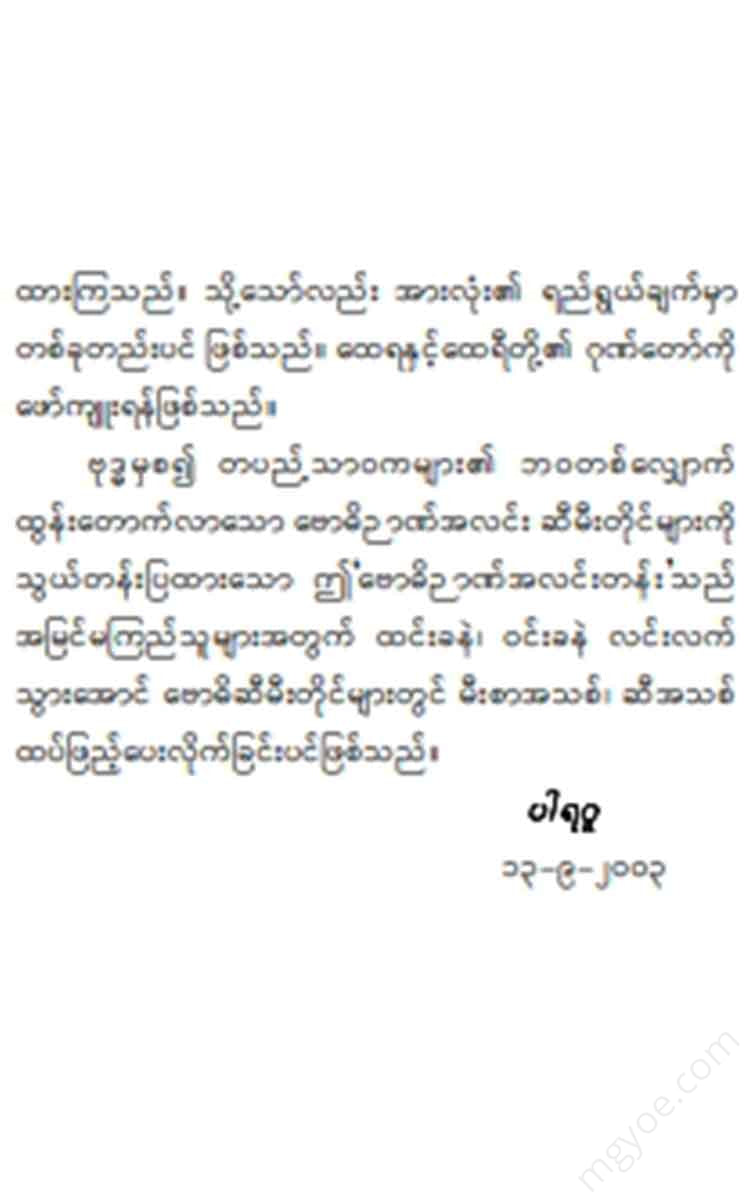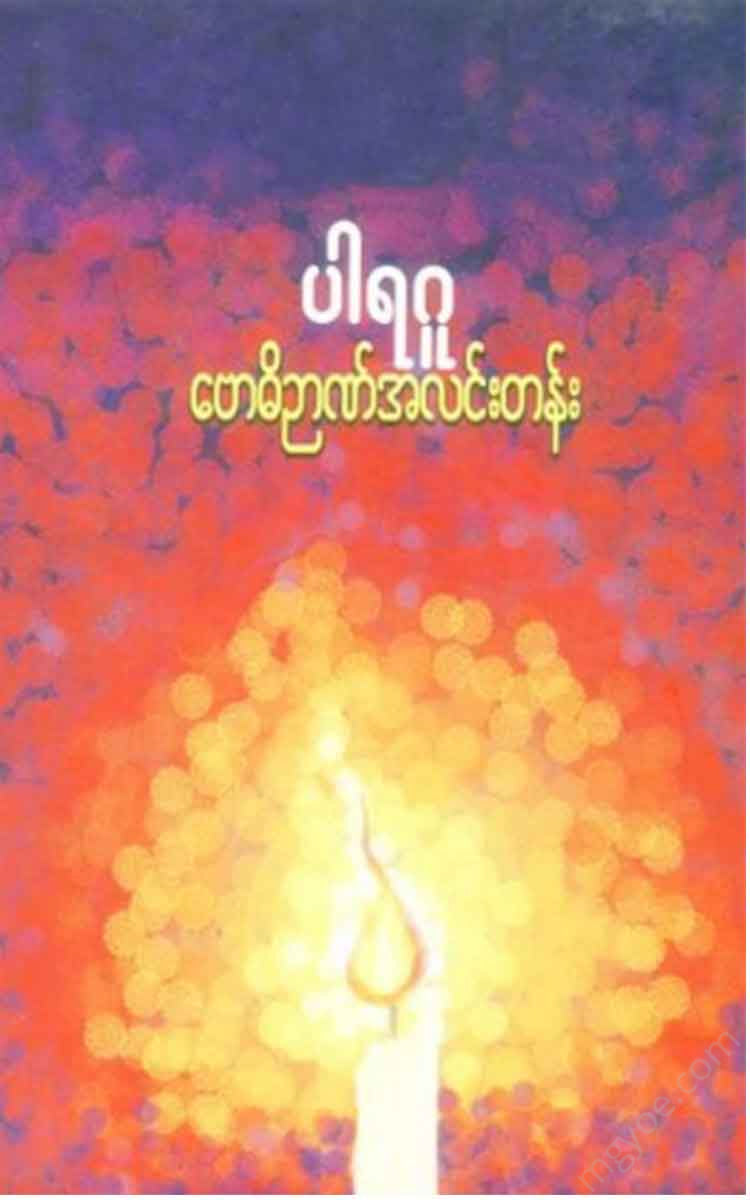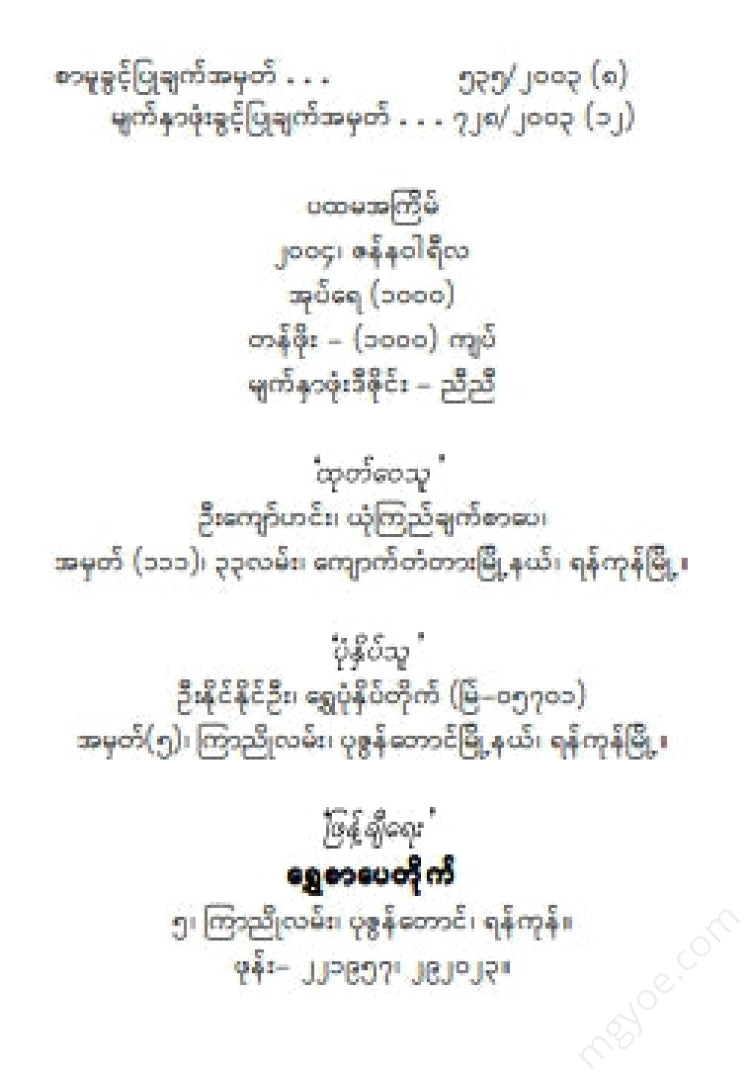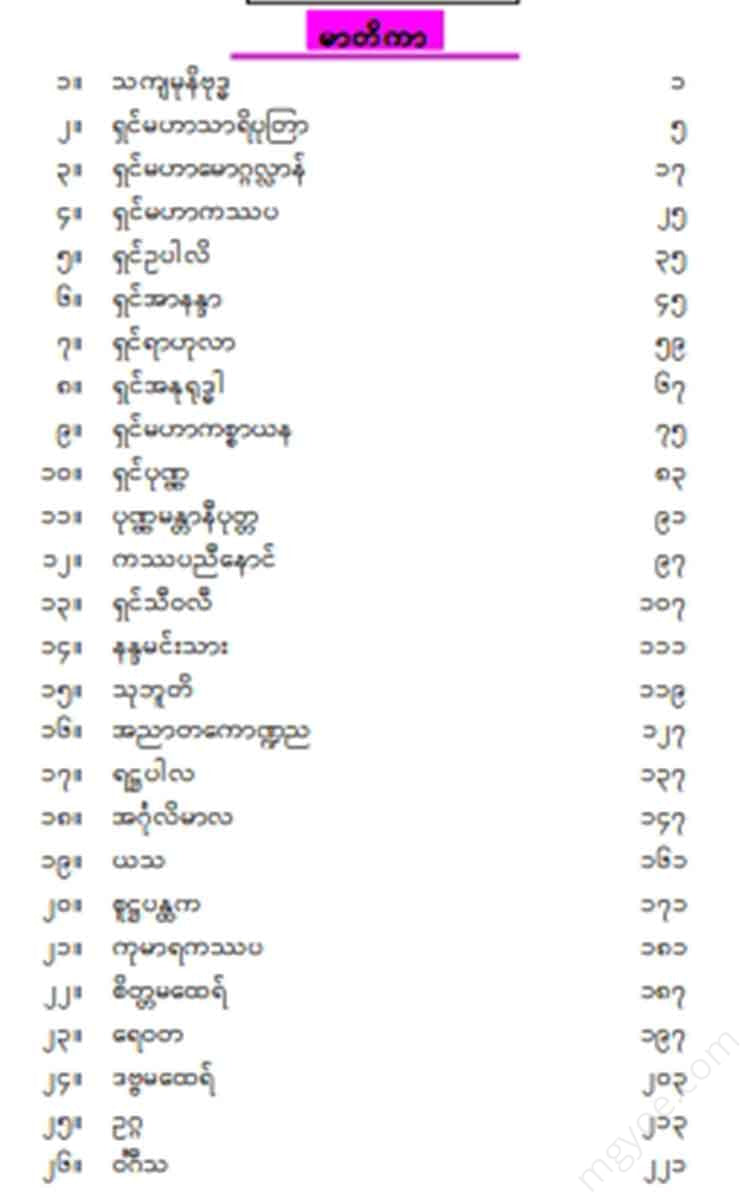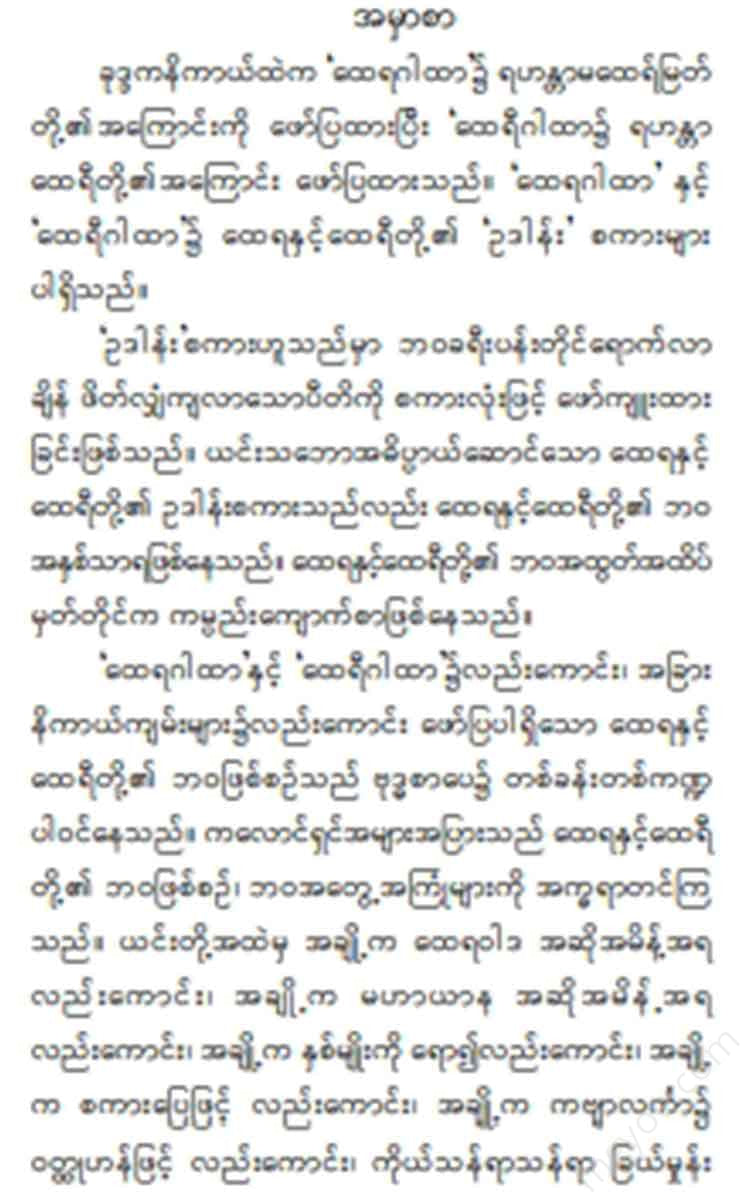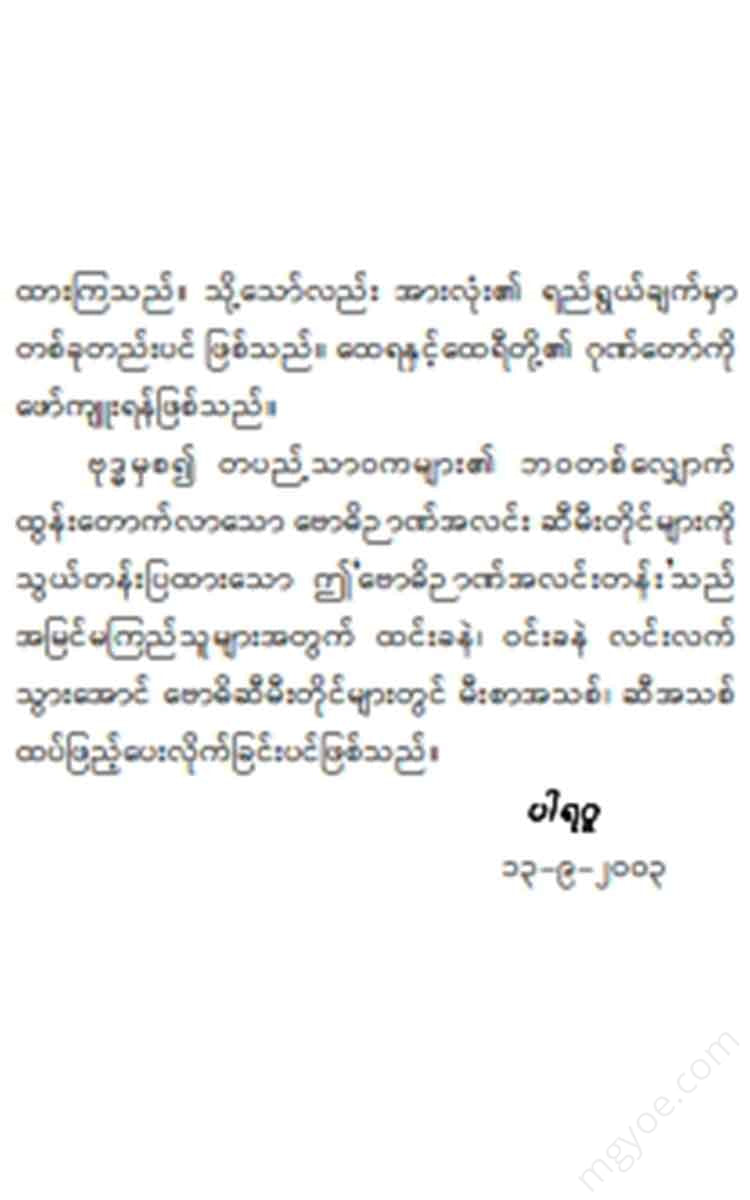Other Websites
Guru - the light of enlightenment
Guru - the light of enlightenment
Couldn't load pickup availability
Sakyamuni Buddha
Prince Siddhartha, who was already twenty-nine years old, left the palace one night and cut off his hair. Then he practiced the extreme form of austerity in the Uruvela Forest for six years. For six years, he sat without moving until spider webs grew on both eyebrows. He built a bird's nest on his head. Reeds grew along his hairline. He practiced the extreme form of austerity for six years.
At the age of thirty-five, on the full moon night of the month of Kassana, when the rising star appeared, Siddhartha attained enlightenment. Then the sage.....
"The natural beauty..."
The first cry was made with a bold voice, like the roar of a lion.
Then, for 45 years, the Buddha delivered sentient beings from the realm of suffering by preaching the Dhamma. Although he had only a bowl and a pair of robes, the Buddha lacked nothing. After preaching the Dhamma at more than three hundred and sixty gatherings, he passed on the jewel of bliss to his disciples, and the light of enlightenment has continued to shine through generations, and it continues to shine even today.
The actions of Sakyamuni Buddha set an example for the disciples who remained after his passing away. Although he possessed thirty-two major and eighty minor signs, Sakyamuni was no different from other individuals and remained as inconspicuous as an ordinary hermit or monk.
Therefore, those who listened to the teachings of Sakyamuni tried to model their own ways of living and acting on the Buddha's way of life and conduct and to make their own ways of living and acting in harmony with the Dhamma. From the Buddha to the Agga-savakas, from the Agga-savakas to the Maha-savakas, from the Maha-savakas to the Prakat-savakas, from the disciples of the Buddha's time to the disciples of later times, the teachings of the truth or the light of enlightenment were never interrupted. The teachings of Sakyamuni Buddha, delivered over a period of forty-five years and over three hundred and sixty Dhamma gatherings, were not all one and the same. However, there were various kinds of stories, such as Upamayas, Sva-sanas, Naya-nyakas, Vita-tara-ka-ko-pa, The practice of mindfulness transcends the principles that emerged when one attained enlightenment.
'' and ' ' are not one. They are not two. Your flesh, bones, and marrow are all the same. The householder in the house is "I". ''I have no skin. No flesh. No bones. No marrow. '' There is no physical substance that is material, material. There is no mental substance that is not tangible. Ultimately, if we are to speak
"If you want to know the immortal person inside the tent, the immortal person, what else could it be but this leather bag?"
Therefore, you should not think of people on the ground as different from you.
In this way, after studying in all aspects and penetrating in various ways, you should study to understand the enlightenment of the Buddha and the enlightenment of the disciples. Therefore, all of you should study in detail so that you can explain the story of the Buddha and the disciples. Your explanation should be an explanation that flows from the depths of your heart. You should not borrow the words of others and explain.
The Venerable Sariputta
When Prince Siddhartha, the king's son who would later become the Buddha, withdrew from worldly society to seek the truth, the island of Jambudvipa was in political and philosophical turmoil. New states or kingdoms were emerging one after another, and the sixteen kingdoms known as "Sola Saratha" were competing with each other.
Many people began to think that the existing Brahmanical doctrine could not provide the spiritual liberation called “Satāvimutti”. Therefore, various new Dharma paths were emerging. A large number of people were waiting for the time when a Guru would emerge who would guide them to the spiritual liberation called Satāvimutti. Many people were striving to become such a Guru, which the people were waiting for.
With this goal in mind, six philosophers and religious leaders approached Rajagaha, the capital of Magadha, the largest kingdom in the island of Ethiopia at that time. These six gurus were free thinkers.
One of these six teachers was a theist, who believed that for the sake of personal liberation and peace it was necessary to abandon the doctrine of another life and the doctrine of cause and effect or the doctrine of cause and effect. Because these things cannot be said to be manifest or not manifest, they cannot be said to be manifest. Sinhasaya was a leading thinker of his time and place, and he lived in great splendor with two hundred and fifty disciples.
But suddenly, a completely unexpected event occurred. Among the senior disciples of the Sangha, who had been entrusted with the responsibility of supervising all the other disciples, Sariputta and Moggallana, along with other followers, separated from their guru and approached another guru.
This behavior is a consequence of the incident that will be described now.
One morning, while Sariputta was walking along the streets of Rajagaha, he came across a monk who was coming to ask for alms. Seeing the monk holding a bowl, bowing his head, and walking away with composure, Sariputta had great respect for him.
Sariputta thought about it.
"This monk must himself have seen the truth. Or his teacher must be someone who has fully realized the truth."
Having thus thought, Sariputta, suppressing his desire to ask questions openly, followed the monk without asking.
After the monk finished receiving alms, he gave alms. After giving alms, Sariputta bowed respectfully to the monk and said goodbye.
"Sir, your appearance is truly admirable. Who are you? Who is your Guru?"
The monk replied.
"I am one who has renounced worldly society to become a disciple of the True Buddha, the One who has come from every realm. They call me Assaji."
Sariputta asked again.
"What kind of sermon is the sermon of the Buddha, the True Contemplative?"
"I have only been a monk for a short time, and I am not yet in a position to thoroughly explain the teachings of the True Buddha."
"If you know the main point, then what kind of sermon does your monk's teacher, the guru, preach?"
Assazi replied.
“All things arise because of a cause. The Buddha teaches the cause and the way to cease that cause. This is the Buddha’s teaching.”
As soon as he heard the brief sermon, Sariputta, who would later become the foremost disciple of the Buddha, the most enlightened and enlightened, saw the path to the ultimate truth and the ultimate Nibbana, and realized that this was the sermon he had been seeking for so long, and that the teacher he had longed for had now appeared.
Born into a Brahmin family in a nearby village not far from Rajagaha, Sariputta showed extraordinary intelligence from an early age. He was initially educated by his father, who was well-versed in Brahmanism, and learned the art of reciting the scriptures. At the age of eight, Sariputta began studying the scriptures under a teacher. By the age of sixteen, Sariputta's fame had spread throughout the surrounding countryside.
Moggallana was born in the village of Kolitha, not far from the village of Nataka. Moggallana and Sariputta were the two greatest and highest arahants, the future disciples of the Buddha. By coincidence, they lived in two neighboring villages...
